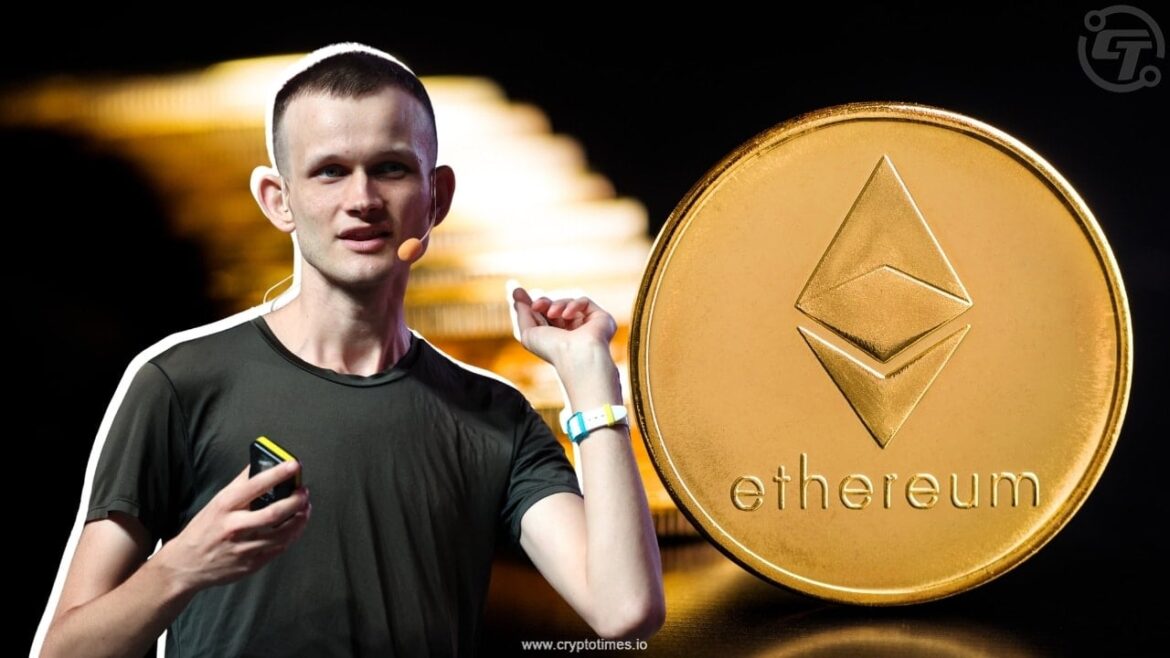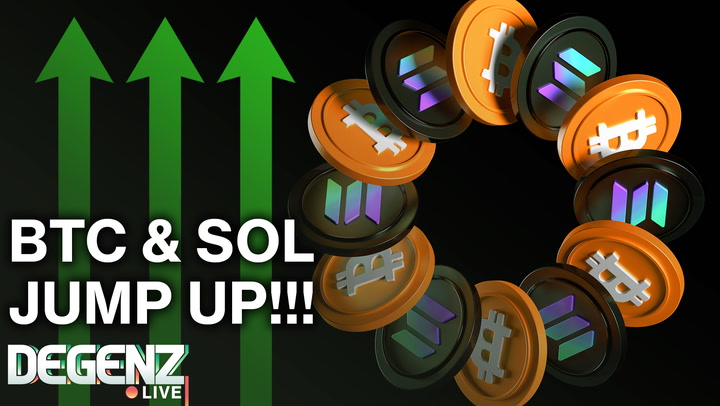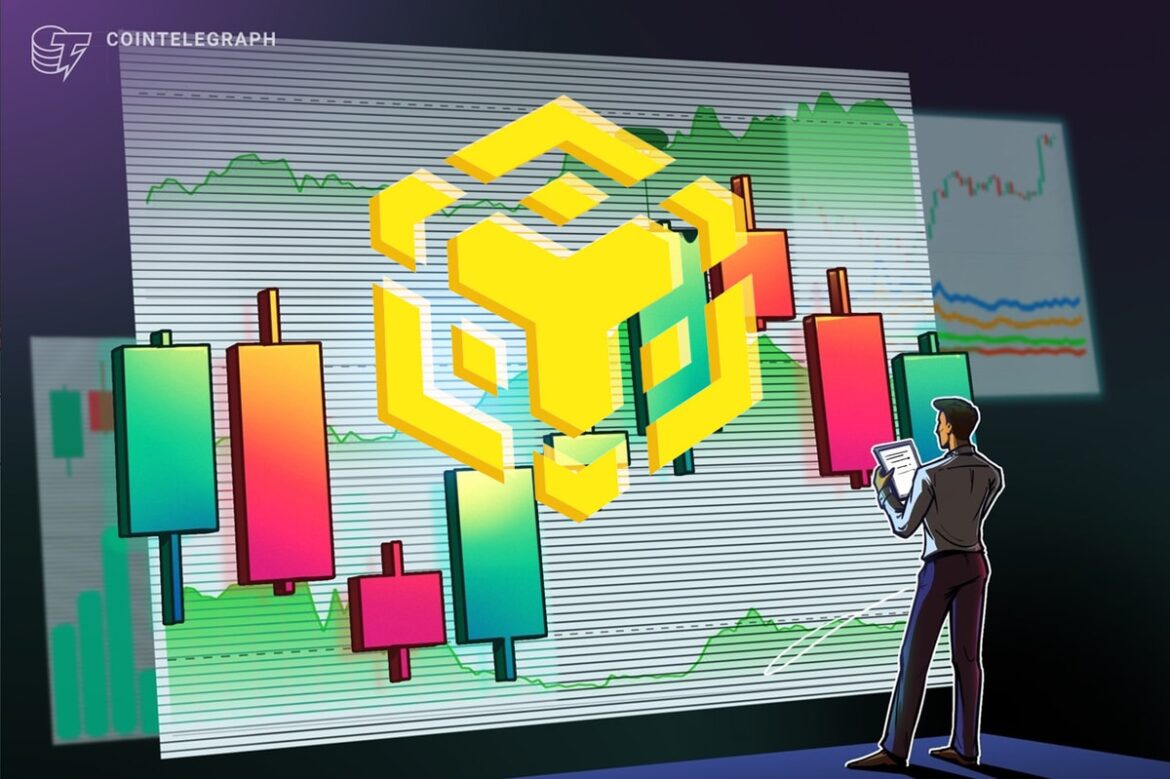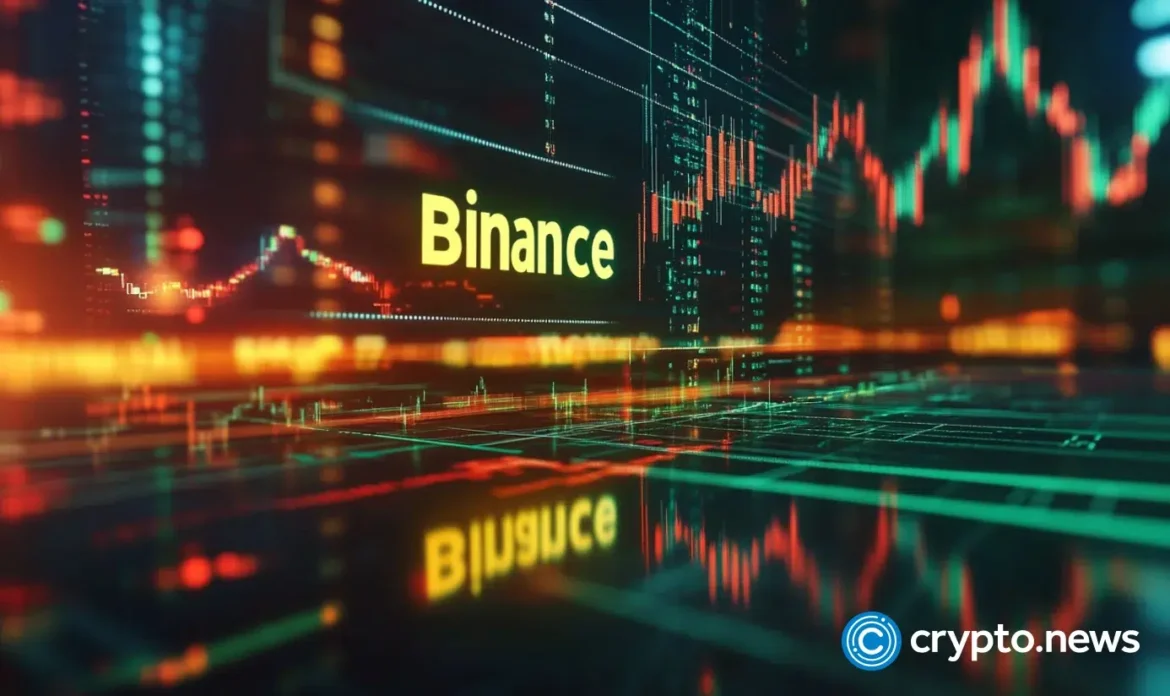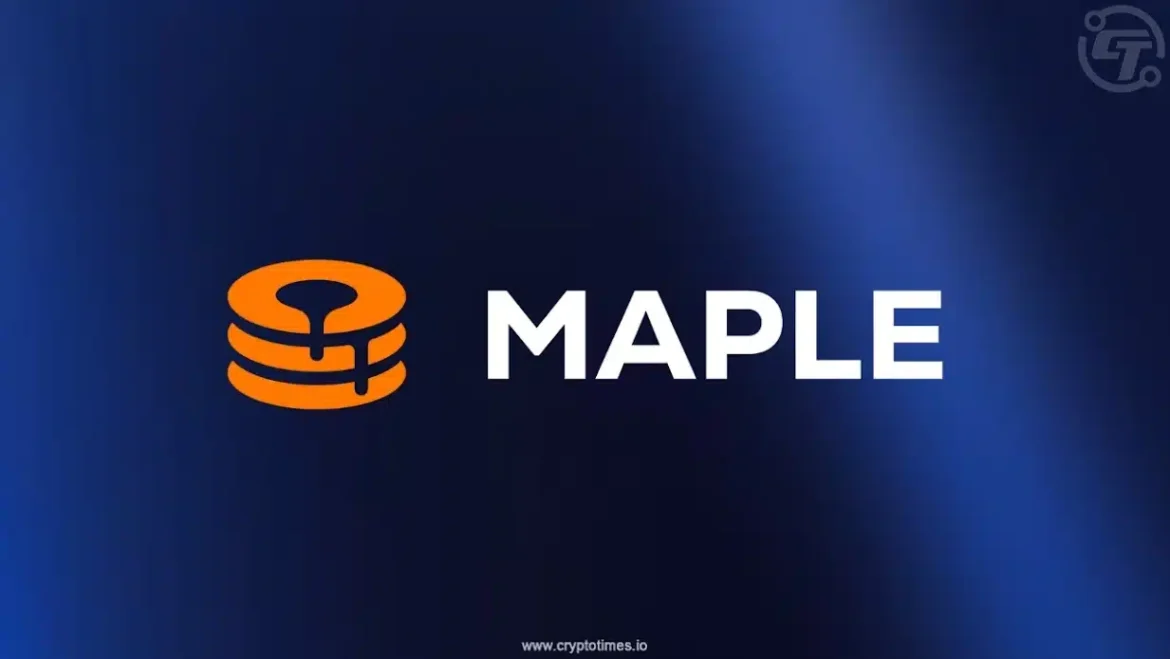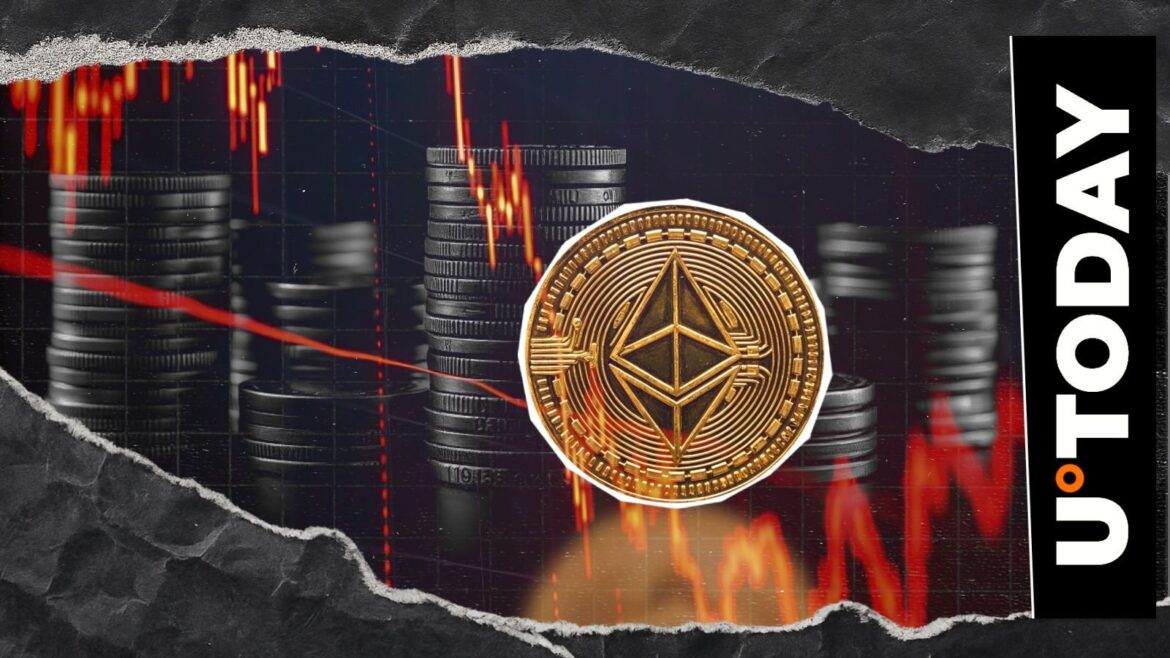Crypto markets will enter “up only” mode once the United States Treasury hits its target goal of filling the General Account (TGA), the Treasury Department’s bank account, with $850 billion, according to Arthur Hayes, co-founder of the BitMEX crypto exchange.
“With this liquidity drain complete, up only can resume,” Hayes wrote on Friday as the US TGA’s opening balance crossed $807 billion. When the Treasury is filling its General Account, the funds are generally sequestered and do not flow into private markets.
However, not all analysts were convinced by Hayes’ prediction that liquidity will flow to financial markets once the US Treasury hits its goal.
Source: Arthur Hayes
“Net liquidity has a loose correlation to Bitcoin and crypto at best, though. Think that is a useless banana in my view,” André Dragosch, the European head of research at investment firm Bitwise, responded.
Many crypto investors and traders anticipate rising liquidity levels in the coming months as the US Federal Reserve leans into the interest rate-cutting cycle, which should boost asset prices until liquidity dries up and the rate-tightening process begins again.
Related: Bitcoiners chasing a quick Lambo are heading for a wipeout: Arthur Hayes
US Federal Reserve slashes rates for the first time in 2025, while investors anticipate more cuts
The United States Federal Reserve slashed interest rates by 25 basis points (BPS), or a quarter of a percent, on Wednesday — the first interest rate cut since 2024.
Bitcoin (BTC) dipped below $115,000 immediately following the rate cut, in a classic sell-the-news event.
Nic Puckrin, founder of education and media company Coin Bureau, warned of a short term pullback and said that markets likely priced in the cut ahead of the US central bank’s decision to slash rates.
Federal Reserve chairman Jerome Powell said the Federal Open Market Committee (FOMC), the group of 19 officials that weighs interest rate decisions, remains divided on additional rate cuts in 2025.
91.9% of traders now expect an interest rate cut of up to 50 BPS at the next FOMC meeting in October. Source: CME Group
However, 91.9% of traders anticipate the FOMC will cut interest rates by up to 50 BPS at the next meeting in October, according to data retrieved at the time of this writing from the Chicago Mercantile Exchange (CME) Group.
The CME Group is a company that manages major financial derivatives exchanges, including futures marketplaces.
Magazine: Bitcoin to see ‘one more big thrust’ to $150K, ETH pressure builds: Trade Secrets


